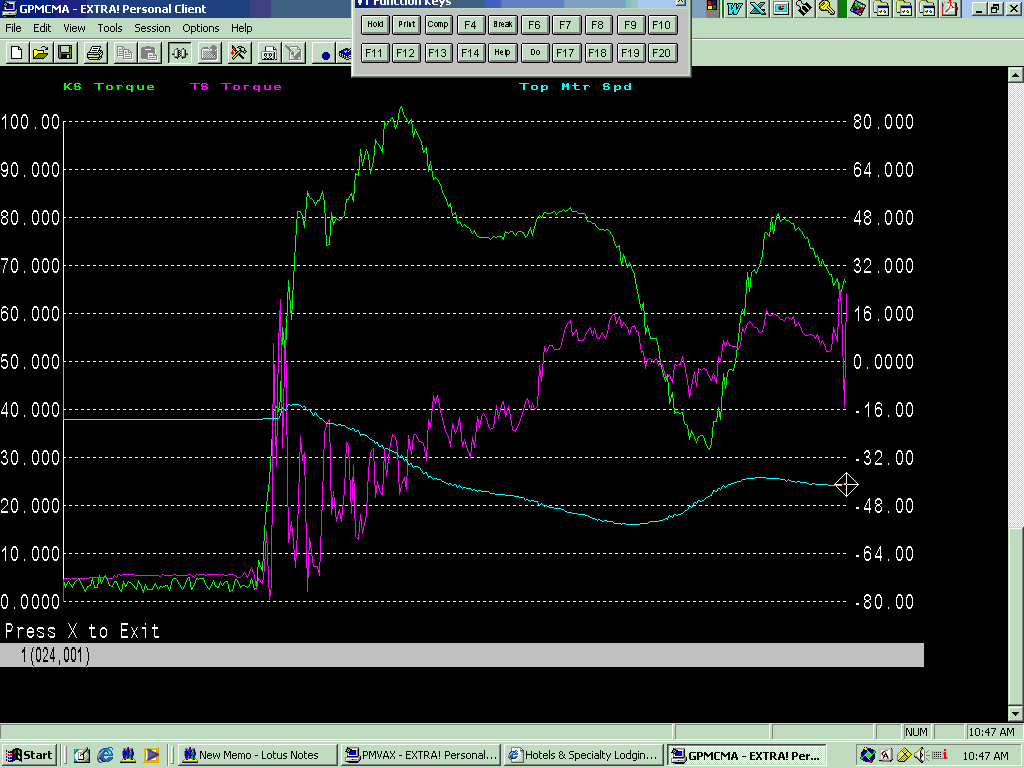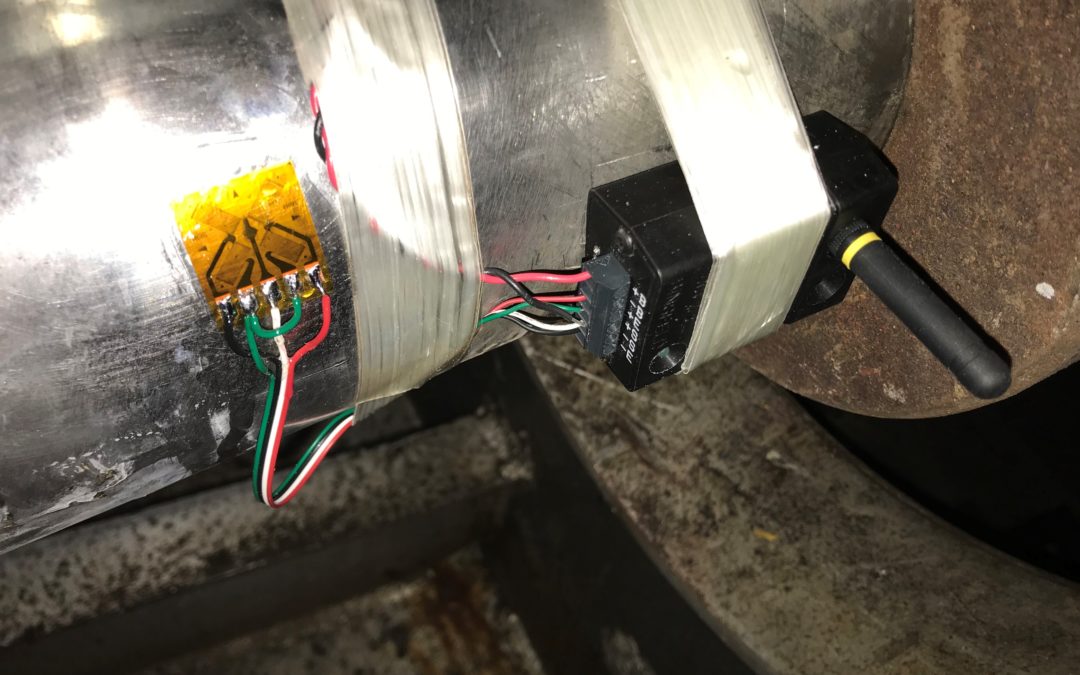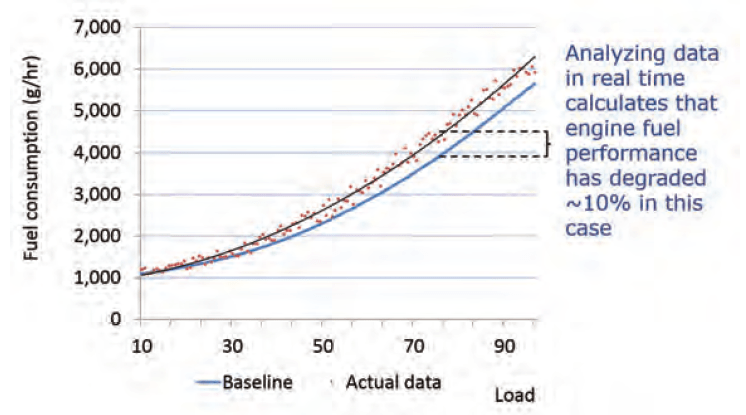One of the most common questions we get when it comes to our torque telemetry is: Why do I need mechanical torque measurements when my drive (such as an engine or an AC motor) already provides a torque (or power) measurement?
The short answer is that mechanical torque measurements (usually via direct strain gage measurement and torque telemetry) provide significantly higher accuracy in torque and horsepower measurements, which save you time and money.
To better explain this, it is necessary to discuss exactly how each system measures torque (or power). Combustion engines commonly calculate the engine load (horsepower) from fuel rack or engine performance curve data established by the engine manufacturer. Electrically-driven motors rely on motor-load measurements (Voltage x Current) – torque data is then extrapolated from the motor load data. Both methods rely on a calculated torque value. For the most part, these methods give a good indication of torque on the shaft, but the “good indication” of torque is certainly not the same as true mechanical torque measured with a strain gage sensor. The following are the top 3 ways mechanical torque measurements are more accurate than calculated torque:
1) Capture rapid changes in torque data. Motor-load torque indicators typically do not detect mechanical torque spikes of short duration on the shaft, often the cause of damage to machinery. Motor-load torque indicators are notoriously inaccurate at the time of abrupt change in the workload – at startup, for example, or when a steel slab hits the rollers.
2) Eliminate impact of drive-line inefficiencies on measurement. Inefficiencies in the of the motor itself can result in erroneous torque data reported by this type of motor-load based torque indicator. Strain gages can be placed as close to the load as possible, eliminating the impact of inefficiencies of driveline components including gearboxes, couplings, and bearings.
3) Account for real-time conditions. As the conditions that induce torque on a shaft change, such as the case of marine diesel engines, the engine performance baseline does not typically accurately account for changes due to a variety of conditions at sea (such as wind speed, ocean current, and temperature).
Example 1 – Engine Fuel Consumption Performance
For a simple graphical example of how the methods compare in a marine industry, see the following ship performance monitoring measurements from a real ship trial. The blue line represents the baseline fuel performance curve. The black line indicates a best-fit curve of real data. You will notice that the “real measurements” highlight a 10% decrease in fuel/load performance, which would not have been captured without a real-time measurement system in place.
Figure 1. Theoretical vs Real measurements on a Marine Vessel
(Credit: 1Q 2014 edition of Maritime Professional – www.maritimeprofessional.com)
Example 2 – Motor Load vs Mechanical Load in Steel Mill
To further illustrate how the accuracy can differ between the two methods, shown below is a case study of a customer in a steel plant comparing measurements from a Binsfeld TorqueTrak torque telemetry system to a motor-load calculation.

Purple plot: True Mechanical Torque on the shaft, the output of Binsfeld’s TorqueTrak telemetry system.
Green plot: Calculated Torque using motor-load calculations.
Blue plot: What the customer calls “Top Motor Speed.”
Left Axis is the Percent Torque, where full scale = 215 metric tons-mm.
Right Axis is the shaft speed in RPM, although it looks like the right axis perhaps was not zeroed properly.
The first data spike is where the steel slab hit the rollers – motor speed decreases and the torque increases. But look at the difference between Calculated Torque (Green) and True Torque (Purple). We suspect the mill equipment had some sort of inertia mechanism, maybe a flywheel, that causes an error in the motor-load “calculated torque”, inversely related to RPM. Remember, the sensor input to the TorqueTrak telemetry instrument is a strain gage bonded to the shaft – very simple and straightforward. The output of the TorqueTrak telemetry instrument is “true mechanical torque” on the shaft, as measured by the strain gage sensor.
The TorqueTrak instruments from Binsfeld Engineering Inc. measured the true mechanical torque on the rotating drive shaft, independent of motor conditions. Every torque incident is detected and reported, including the damaging torque spikes of short duration. The torque data is real, it’s accurate and it proves to be indisputable!
So how does a more accurate measurement save time and money?
By measuring torque and horsepower more accurately, owners, managers, and engineers alike are able to make smarter data-based decisions that reduce downtime, increase efficiency, and save money. In the marine industry, for example, a change of 2% accuracy in horsepower measurement can mean tens of thousands dollars in fuel costs. Monitoring the performance degradation (through the direct torque measurement) can also highlight when critical components need to be replaced, so maintenance is only performed when needed.
Want to discuss this or your application more? Contact Us Today!



